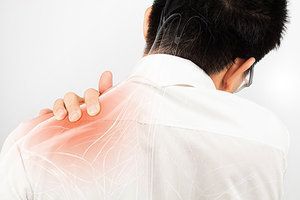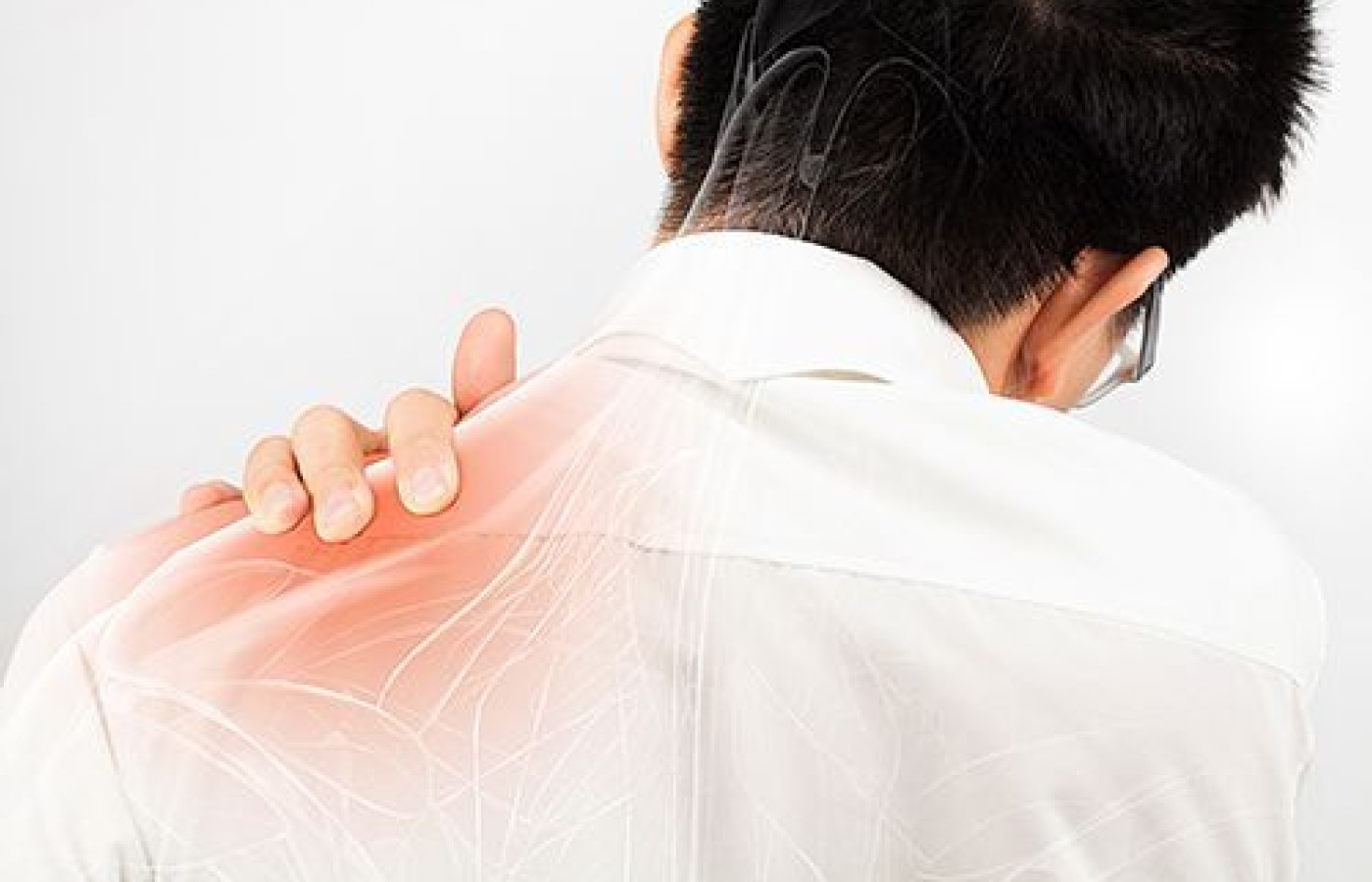One of the longest nerves in the body is known as the vagus nerve (VN). The VN is the 10th pair of cranial nerves that originates at the brain stem in the medulla oblongata. This nerve is part of the parasympathetic nervous system, which is a part of the ANS. Research suggests ear acupuncture can activate the VN.
Considerations in Managing Chronic Pain: Local Points Are the Beginning, Not the End
Patients seeking aid from acupuncturists to help assuage chronic pain: it's one of the most common clinical encounters we face. Chronic pain can be caused by many issues, ranging from sports injuries to trauma-related injuries; or hard-to-diagnose issues such as chronic fatigue syndrome or Lyme disease. Regardless of the source of the pain, clinicians must always remember that each patient presents with a unique perspective of their experience of pain and how this pain affects all aspects of their life. Let's discuss two areas I often see overlooked in cases of long-term chronic pain management: the patient's emotional / mental state and the need to look beyond local points.
Consider The Patient's Mental / Emotional State
The mental / emotional state of the patient experiencing pain must not be overlooked or ignored. I often see cases of chronic pain treated with acupuncture in which the predominant focus of the acupuncture treatment is a body part: the knee patient in room #4, the back patient in room #2, etc. While the main area of physical manifestation of the pain / trauma is of clinical importance, clinicians must not forget to asses the mental / emotional environment of the patient experiencing pain.

Chronic pain can take a toll both mentally and physically on a patient. What started out as a knee or shoulder injury can, over time, evolve into chronic pain with depression, or chronic pain with fatigue and insomnia. Emotions such as anger, frustration, sadness and obsessive thinking are common presentations in cases of chronic pain. I often see patients with chronic pain with wonderful digestion, no fatigue, and yet due to the injury, are suffering from anger, frustration and sadness.
In Chinese medicine, we can use specific emotions as clues to which Zang Fu organs may be affected, and how this may influence the experience of pain within and along the channels of the respective Zang Fu organ.
For example, it is extremely common to see patients suffering from chronic knee pain. In many cases, these patients are athletes and as a result of the knee injury, which may have been an acute, trauma-related issue or a slow-building, overuse issue, are now suffering from anger due to not being able to exercise, which also leads to depression. As practitioners of Chinese medicine, we can quickly note how liver depression qi stagnation can manifest as anger and frustration, which over time can evolve into depression.
Expanding Your Point Prescription: beyond Local
In a case such as this, we would not simply "treat the knee" and only use local points around the knee or distal points related to the knee. We must also choose points that unblock qi stagnation over the entire body. We also know that the meridians of the liver and gallbladder, as well as the spleen, all surround the knee and its respective ligaments and tendons.
If we were only "treating the knee," a common acupuncture point prescription would be: GB 34 + St 36 + Sp 9. These are essentially local points and can often be extremely effective for knee pain. However, as stated earlier, the patient suffering from the pain is more than just a knee injury. They are a human being frustrated with being unable to fulfill their goals, and are suffering mental and physical pain.
In such a case, tongue and pulse examination can reveal important clinical clues to the unique pattern presentation of this patient's suffering. But even if we did not have such information, we can consider the basic emotions and their relations to Zang Fu organs / related channels. In this scenario, an acupuncture prescription might look like this: GB 34 + Sp 9 + Liv 3 + LI 4 + Du 20. While this simple point prescription may seem like common sense to most experienced acupuncture clinicians, I often see clinicians only using local points or ashi points.
The addition of the "Four Gates" along with Du 20, combined with local points GB 34 and Sp 9, can be highly effective for coursing the qi mechanism and calming the mind. With this simple modification, the patient can experience a deeper calming effect, which can contribute to the overall clinical outcome – particularly when the patient is experiencing frustration, anger or depression from the chronic injury.
Another potential point prescription for such a case would be: GB 34 + Sp 9 + Du 24 + Pc 6 + Yin Tang. This point prescription also helps to move qi stagnation and calm the mind, and uses local points to target the main area of pain. Yet another point combination for this case could be: GB 34 + Sp 9 + Ren 6 + Ren 12 + Yin Tang. This point combination strongly moves and unblocks qi on all levels of the body, quickly calming the mind. We could easily add Du 20, Du 24 and Liv 3 to this point prescription if the patient's anger, frustration and / or depression is now a main complaint along with the "knee issue."
Another point I often like to emphasize is that local points around the knee area, such as GB 34 and Sp 9, are not just "local points." Besides being local points around the knee that may stimulate local circulation, which TCM often describes as "benefiting sinews and joints / activates the channel and alleviates pain," GB 34 also spreads liver qi, clears liver / gallbladder damp heat and harmonizes the Shao Yang. Sp 9 regulates the spleen, resolves damp, opens / moves the water passages and benefits the lower jiao. Both are also He-Sea points, which according to TCM theory, treat the internal fu. Considering all this important information, I emphasize that these are not simply "local points" in the big picture of the TCM clinical paradigm.
Clinical Takeaway
I hope this short discussion inspires readers to always remember that pain and injuries are often more complex than a "local issue." Taking into consideration the mental / emotional landscape of the patient in both acute and chronic injuries is an extremely important clinical practice. This awareness alone can separate an acupuncturist from a basic "dry needling" or "medical acupuncture" approach. Do not forget the emotions and how the emotions are connected to the Zang Fu organs and the respective meridians in cases of pain. The smile on your patient's face after a session will be worth the time and study.



